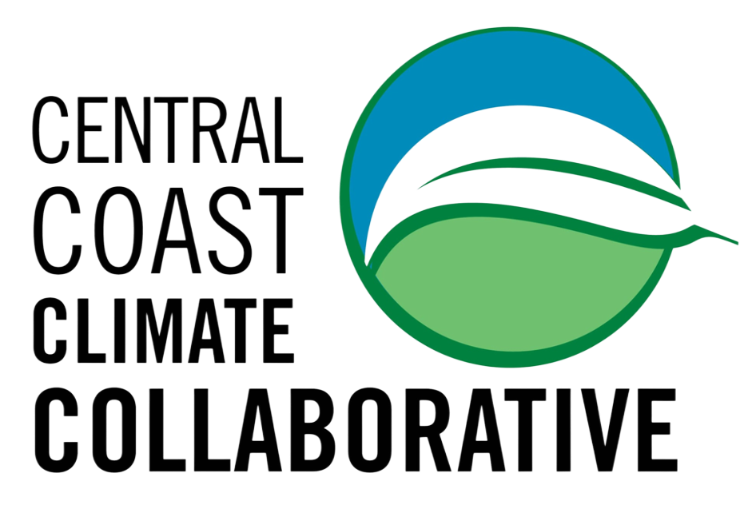A core Project Team and defined Working Group are essential for the successful development and implementation of Community Resilience Hubs.
The Project Team should identify and engage a broad range of stakeholders to form a Working Group to fill key roles and identify a process for decisions to be made collaboratively. Inclusive decision-making should engage — and when appropriate, defer decisions about operations and programs to — the individuals and communities who will rely on the facility and its services before, during, and after emergencies. These structures will enhance the effectiveness and utilization of Community Resilience Hubs.
Project teams often include a government representative, such as a city, county, or emergency management official. Their involvement can provide critical access to funding, technical assistance, and policy support, which can help sustain and scale the Community Resilience Hub. However, it’s important to recognize that government agencies can hold significant influence in collaborative efforts. Project teams should be aware of power dynamics and intentionally define roles, responsibilities, and decision-making authority to ensure that community voices remain central in shaping and governing the Hub.
